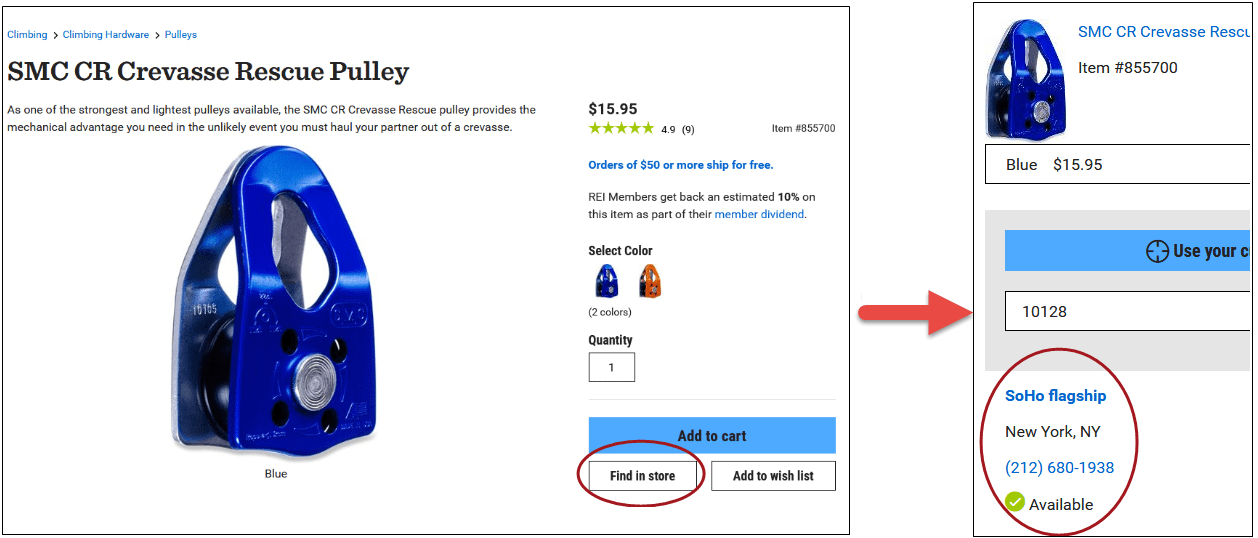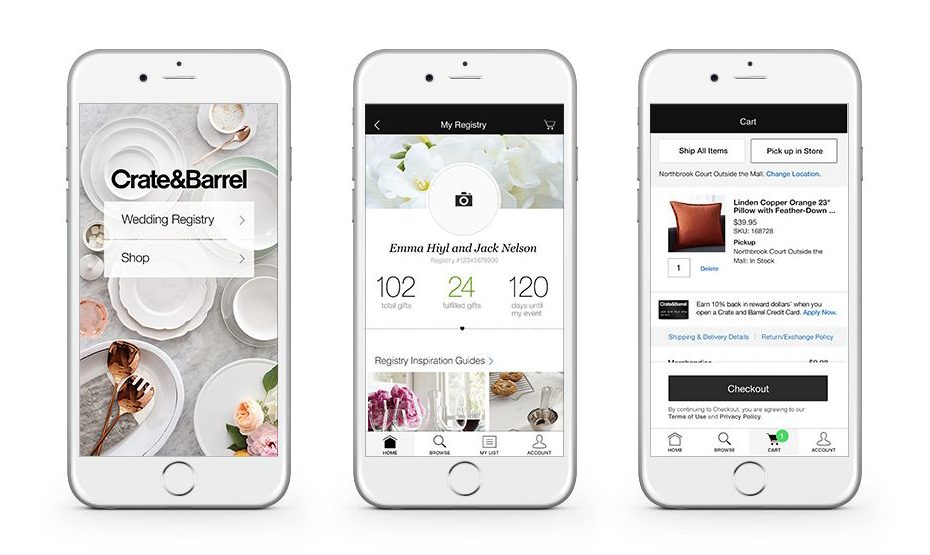Multichannel commerce has been around for the better part of a century. Sears opened its first store in 1925, almost 40 years after it first launched it’s mail order catalog.
Omnichannel has become the new holy grail of retail. While many have defined the term, we like the way Tech Target | SearchCIO describes it:
Omnichannel is a multichannel approach to sales that seeks to provide the customer with a seamless shopping experience, whether the customer is shopping online from a desktop or mobile device, by telephone or in a brick and mortar store.
Before diving in, let’s explain what omnichannel experiences are not by using our work lives as an example. At work, we use multiple touch points to communicate with colleagues.
Imagine if the following situation was routine:
- Touch point 1 – In Person: You meet with a colleague and ask him to do a small, half-hour project.
- Touch point 2 – Email: You send an email the next morning checking on status, and he has no recollection of your in person conversation! So, you ask again, this time in email. He replies that it’s no problem. He’ll have it for you tomorrow.
- Touch point 3 – Telephone: The third day, you call the colleague on the phone, you guessed it; he has no memory of either the in-person request or the email exchange.
It’s as if he’s 3 different people – the in-person colleague, the email colleague and the telephone colleague.
Wouldn’t you be furious?
That’s how customers feel when shopping with multichannel retailers that haven’t figured out how to put the customer first.
- Online – She does her research online, and even saves an item to the shopping cart.
- Store – She goes to the store to buy the item, but the item is not in stock.
- Mobile Device – She decides to order it from her mobile device, but has to start over, because the cart on her computer wasn’t saved.
- Contact Center – Immediately after she orders she realizes she ordered the wrong color, and calls the contact center for help. But they have no visibility into her online orders. Instead of changing the order, the item will be shipped, and she’ll have to return it.
It’s like that colleague. The shopper remembers everything. The retailer seems to be 4 different companies, each with it’s own separate memory.
Omnichannel retailers wrap their operations around their customers, “remembering” their interactions, regardless of whether they were online, in the store, speaking with the contact center, or on a mobile device.
Following are some great examples of omnichannel retailers who are putting customers first:

Category: Sporting Goods and Outdoor Gear
REI is a Seattle-based sporting goods and outdoor gear retailer that serves people who are passionate about outdoor activities – camping, fishing, hiking, biking and more. Their customers often need what they’re seeking – pronto. For tomorrow’s trip. Or today’s!
REI helps its customers find the items they need at the nearest store with the greatest of ease. Something its my-next-adventure-is-tomorrow customers appreciate.
For example, a Manhattan-based mountaineering enthusiast (they really do exist) is sizing up her equipment for tomorrow’s adventure, and she realizes she needs a Crevasse Rescue Pulley. Is it game over? She finds one on REI’s website, clicks on find it in a store, enters her zip code, and boom! It’s available in a nearby store.

Disaster averted at every step!
This is no small feat. Companywide inventory is available to anyone who is interested in seeing it – across channels – enabling REI customers to find what they need, where they need it, and when they need it.

Category: Fashion Retailer (UK)
Oasis is a UK-based fashion retailer with a multilingual ecommerce website and dozens of retail stores across Europe and Asia. While REI has enriched the online experience with store information, Oasis has enriched the store experience with its online capabilities.
Oasis arms its team members with tablets that are loaded with real-time product and inventory information. Associates can provide instant product details. And, if an item isn’t in stock, sales people have real-time inventory data at their fingertips, so they can direct the customer to another store, ship from another store, or ship from a warehouse. The customer is treated like royalty, and loyalty grows with every touch point.
And the checkout line is wherever the customer is. And every customer is almost always first in line! Store associates ring up purchases on their tablets too. Want to use PayPal? No problem! Customers can pay with their mobile phones too.
Every touch point is designed to help the customer effortlessly enjoy the shopping experience, browse and find, have questions answered, and ultimately enjoy a delightful shopping excursion. It’s all possible because the online world, and the behind-the-scenes order and inventory management world, is in team members’ hands on a moment’s notice.


Category: Home Furnishings
If you’re a home furnishings retailer, the wedding registry is a great way to build everlasting customer relationships. The volume of customer touch points is immense:
- Newlyweds and their guests
- Registry gift selection, gift purchases and customer exchanges
- In stores, online and on mobile devices
Crate and Barrel marries the online and offline worlds to create a unified experience for gift-ers and gift-ees. The gift registry is available to the newlyweds wherever and whenever they are — in the store, online and on their mobile devices. They can instantly pick up where they left off, shifting from the computer screen, to their phone, to the store.
For Crate and Barrel customers, the online and offline worlds are a match made in heaven.

REI, Oasis, and Crate and Barrel are delighting customers by staying next to them throughout their shopping journeys — from researching online, to shopping in stores, and reviewing orders on mobile devices.
The good news for multi-channel merchants, including growing mid-market retailers, is that these capabilities are not just reserved for enterprise retailers like Crate and Barrel. With today’s advances in cloud-based commerce technologies, omnichannel experiences are available for retailers of all sizes.
If you’re getting ready to take the plunge, our whitepaper, “The Experts Guide: Unified Commerce Vs. Separate Systems,” is a great tool to help you start planning.

